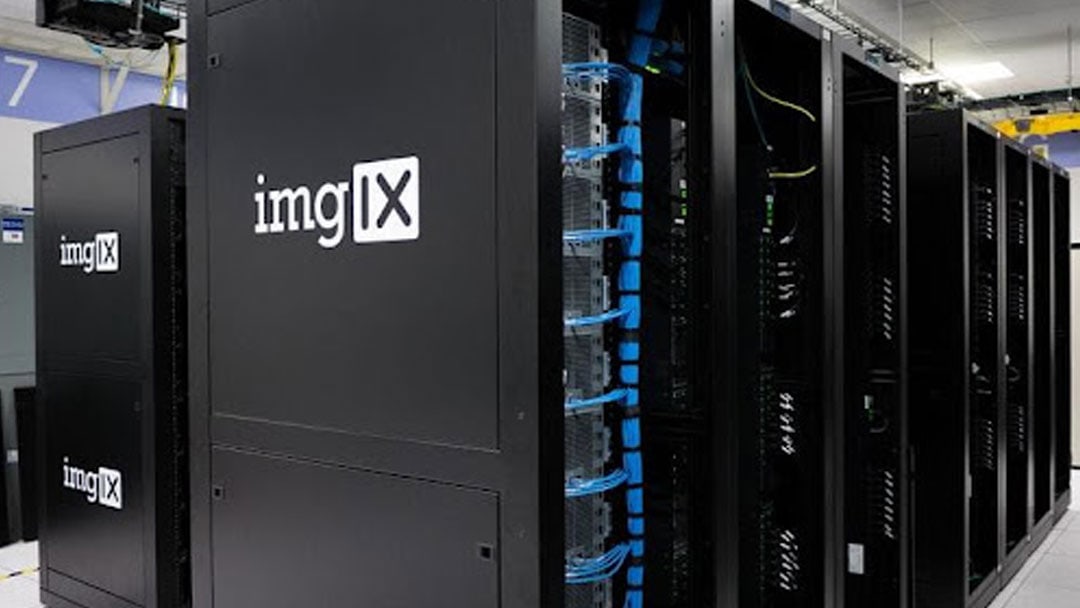If your business has a data center or server room, you understand that it’s critical to maintain an optimal temperature and humidity level to ensure your equipment runs efficiently and safely. Several internal and external factors can influence your server room’s environment.
But maintaining the recommended humidity level can prove difficult if you don’t have the proper systems in place.
We’ll walk you through the ideal temperatures and tools you’ll need to control your server room humidity. We’ll also recommend some tips for keeping your server room in an optimal environment to maximize performance.
What is an Acceptable Humidity Level in a Server Room
An optimal humidity level for a server room is between 40-55%. Keeping the humidity at this level is critical because if the humidity rises, it can cause condensation in the server room, and water and electronics don’t mix.
If moisture builds inside your server room, it can corrode the hardware and cause component failure. Setting an alert for when the humidity reaches 70% can prevent condensation from building in your server room.
Is Low Humidity Bad for Servers?
Yes. On the flip side, if the humidity level gets too low, the electronic equipment can be susceptible to electrostatic discharge (ESD). ESD can damage sensitive components. To avoid low humidity, you’ll want to set alerts for when the humidity gets to 30%.
Related Link: Cooling Capacity: Everything You Need to Know
What is an Ideal Temperature in a Server Room
Server rooms need to have a fairly consistent temperature of 65-75 degrees Fahrenheit. To ensure your server room stays within this range, you’ll need to install a separate HVAC to control the temperature.
Another reason to keep your server room at this temperature range is that it creates a buffer if the HVAC fails. Your IT team should have enough time to restore systems and the equipment before it gets too hot and humidity causes condensation.
Rack-Level Monitoring
Based on a current Gartner research study, the annual expense of a Wintel rack is around $70,000 per year. So risking losing service connection or your infrastructure due to ecological problems is not an option.
You could currently begin by keeping track of rack temperature level with three measurement points:
- At the bottom front of the rack to verify the temperature level of the cold air showing up on the rack
- At the top front of the rack to validate that all the cold air makes it to the top
- At the top back of the rack, which is usually the hottest point
The intake temperature needs to be between 18 ° -27 ° C or 64 ° -80 ° F. Outtake temperature level should be less than 20 ° C or 35 ° F compared to the intake temperature.
What is the impact of temperature on your systems? High-end systems have auto shutdown capabilities to secure themselves versus failures when the temperature gets too extreme. But did you know that CPU level mistakes and mistakes in your applications can be temperature caused? On top of that, heat will stress fan devices much more, lowering the equipment’s lifetime expectancy. All of this impacts your system’s schedule and your company’s continuity.
For smaller rooms, it is advised to choose wired sensing units. Wireless sensing units can provide a cheaper option in larger data centers where you need to track many points. In addition, with wireless sensing units, there is no cabling required.
Ambient Room Monitoring
Ambient server room tracking or data center track is the environmental monitoring of the room for its humidity and temperature levels. Temperature level and humidity sensors are usually deployed in:
- Possible hot zones inside the server room
- Near air conditioning systems to discover any failures.
Monitoring humidity is equally essential as temperature level and is typically left out. Did you know that the relative humidity (rH) in server rooms and data centers must be between 40% and 60%? Too dry will lead to the development of fixed electrical power in the systems. Too damp and corrosion will start slowly harming your devices, resulting in permanent failure.
The ambient air temperature outside may be at greater levels when utilizing cold passages inside the data center. The air temperature level of 37 ° C/ 99 ° F is not uncommon in such setups. This allows for decreasing energy expenses considerably. Nevertheless, this also means that temperature level monitoring is of utmost significance. A failing air conditioning unit will have a way faster impact on the system’s lifetime and schedule (fans stress, CPU overheating, etc.). In addition, running things at greater temperature levels may also impact non-rack-mounted equipment.
When utilizing hot corridors, it is essential to keep an eye on the temperature across the room to guarantee that enough cold air gets to each rack. Nevertheless, one can also count on rack-based temperature level sensors in addition to temperature level and humidity sensors near each cooling system.
Tools Needed to Monitor and Control Your Temperature and Humidity
To maintain ideal temperatures and keep humidity levels low, you’ll need to invest in:
- HVAC System: The air conditioning system needs to be dedicated to maintaining the server room temperature.
- Environmental Sensors
- Dehumidifiers: Dehumidifiers can monitor and maintain humidity levels based on your server room’s specifications.
- Dry Bulb Thermometer: This can be an analog or digital thermometer that measures the ambient air temperature.
- Wet Bulb Thermometer: This thermometer has a wet muslin sleeve that measures the air moisture content by monitoring evaporation rates.
- Dew Point Temperature: This is the temperature specific to your server room where the air becomes too saturated, and water vapor begins to condense. Your specific dew point temperature will depend on the demands and size of your server room, air intake, and outside humidity.
Need a better humidity management system for your server room? Contact us to learn more about data center design solutions.
Related Link: How to Calculate Data Center Cooling Needs
Types of Data Center Dehumidifiers
Two types of dehumidifiers are commonly used in data centers and server rooms to maintain optimal humidity levels:
- Desiccant Dehumidifier: The desiccant dehumidifier doesn’t use a coolant to dehumidify the air. Instead, it uses an adsorbent like silica gel to absorb moisture from the air.
- Condensation Dehumidifier: A condensation dehumidifier pulls air through an inlet to use a compressor to remove the moisture from the air.
Most server rooms use a condensation dehumidifier because of several advantages:
- Can quickly pull hot, humid air through the system
- Can cool below the optimum dew point level
- Cheaper
- Easy to operate
- Can handle higher temperatures and humidity levels
- Have higher capacity levels
- Can drain large volumes of moisture
- Doesn’t emit foul odors
What Causes Humidity in a Server Room Environment
There are three leading causes of humidity in a server room:
- Condensation: Server rooms can generate a fair amount of heat from the processing power. Condensation can occur when hot air is drawn through the HVAC cooling coil and increase humidity levels.
- Infiltration: Humidity can seep in through cracks and porous floors, walls, and ceilings, which makes it difficult for the server room to regulate the humidity levels.
- Ventilation: Server and data centers need to ventilate the rooms with outdoor air, which can increase humidity levels. That’s why housing a server room in cold, dry, or desert environments can reduce the humidity fluctuations caused by ventilation.
Our Best Tips on How to Manage Humidity Levels in a Server Room
There are several things your IT department can do to monitor and maintain the optimal humidity level within the server room:
- Design the space for optimal performance and then install equipment that fits the requirements of your system.
- Set up monitoring tools in the areas that experience the most extreme conditions.
- Set up monitoring sensors at the rack level to see if the HVAC and dehumidifier are maintaining temperatures where it matters most.
- Ensure that your measurement equipment is consistently and accurately measuring the room’s conditions.
- Choose tools and equipment that are easy to maintain and can run for a long time.
- Decrease the supply of fresh air by reducing ventilation and pressurization.
- Identify equipment air-flow temperatures to offset the hot air flow using an HVAC system.
- Increase the set points of the return air but ensure the air supply stays within the recommended temperature limits.
- Monitor the dew points and dry bulb temperatures to assess whether the system needs to increase or decrease humidification.
- Set minimum and maximum temperature alarms to alert you before the humidity becomes a hazard.
Install and Monitor Humidity Control Tools To Guarantee Equipment Efficiency
By installing and continually monitoring your humidity control equipment, your data center should run efficiently, and it will extend the life of your IT equipment. By managing the humidity levels at an optimal temperature, your equipment will be safe from corrosion and ESD.
C&C specializes in data center design, power, cooling, and infrastructure. We can help you build an efficient and scalable server room for optimal performance and safety. We customize cooling systems solutions to meet your space, demands, and budget.
Need expert advice on how to improve your data center? Book a call with C&C for a free onsite evaluation.
Related Link: Two Methods of Estimating Data Center Energy Consumption
Last Updated on January 20, 2023 by Josh Mahan




